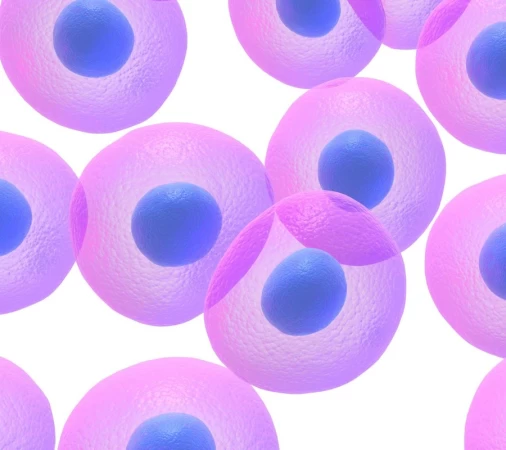Human organs consist of communities of different cell types, and these communities communicate with each other to maintain functions. However, researchers were unable to thoroughly classify these cell types due to resolution limitations of tools until single cell technologies are recently applied to profile various kinds of cells that exist together in both healthy and diseased organs and help understand how these cells develop and interact with one another. Researchers across disciplines at Yale University aim to create the most detailed blueprints of diseases to date based on these cell atlases, through which they hope to shed light on the mechanisms of different diseases and biological development.
Single cell technologies are transformatively improving the development of biology by overcoming challenges in dealing with mixed cell populations, literally helping researchers understand the problems of each cell in the diseased organ.
Application in Human Lung Diseases
Though an early profile of genes expressed in human lungs of pulmonary fibrosis patients promoted the discovery of novel biomarkers and mechanisms of disease, studies were limited by the incapability of distinguishing changes led by cell type and gene expression. Single cell gene profiling technologies now enable to profile all cells in samples from patients with advanced lung diseases, through which researchers have discovered novel cell populations, identified changes in the profiles of known cells, and revealed interactions among different cell types. Understanding the behaviors of problematic cells and signaling changes between cells help develop therapeutic approaches that specifically target these cells.
Application in Embryonic Development
Single cell technologies also provide a unique perspective on the development of embryos. Researchers have noticed that the environment can change the structure of embryos and these changes may lead to detrimental long-term effects such as miscarriages and other adverse pregnancy outcomes. To understand the molecular triggers that lead normal developmental processes to go awry, investigators use single cell analysis approaches to study the gastrulation process in the early embryonic development, in which substantial reorganization rapidly happens to the embryo. Single cell analysis of embryonic development provides a possibility for researchers to identify when or how things can go wrong in this early development stage as well as new insights for therapies or diagnostics of human development.
Application in Eye Disease
Besides, single cell technologies also have the potential to meet the therapeutic needs of patients who are suffering from vision loss and irreversible blindness. Based on cell atlases and cutting-edge single cell technologies, researchers can profile all different RNA molecules in individual retina cell. This may allow the identification of cellular drivers of eye disease and key inflammatory pathways, improving the development of therapies against conditions like macular degeneration or glaucoma.
Application in Cardiovascular Research
Traditionally, platelets were taken as a homogenous group of cells working in blood clotting. However, it's gradually recognized that platelets are playing a role in a wider range of processes with varied forms. Researchers from Yale leverage single cell technologies to understand what's going on in both healthy and diseased blood cells and how the aging process changes platelets over time, and consequently, which helps develop therapies targeting specific platelets that fight the spread and growth of cancer.
Application in Rare Diseases
Scientists also spatially map gene expression at single cell level and learn how cells develop in space and time through single cell analysis. It's widely accepted that major muscle diseases as well as many other conditions often occur during four different but important developmental stages from infancy through adulthood. Single cell analysis can be applied in rare disease genetics, especially rare muscle diseases, uncovering how human muscle develops on the cellular level, and how different human diseases develop. Thus, an investigator from Yale uses single cell analysis to learn different cell types in muscle tissue and their spatial relationship in terms of gene expression patterns.
In summary, up to now, single cell analysis technologies are widely applied across disciplines. In addition to the diseases aforementioned, single cell based research also includes investigation of different cell types and functional states in the brain to better understand neurodegenerative diseases like Parkinson's. Other applications range from the identification of sex-specific differences in Alzheimer's disease to immune responses unfolded by single cell technologies in severe COVID-19 patients.



